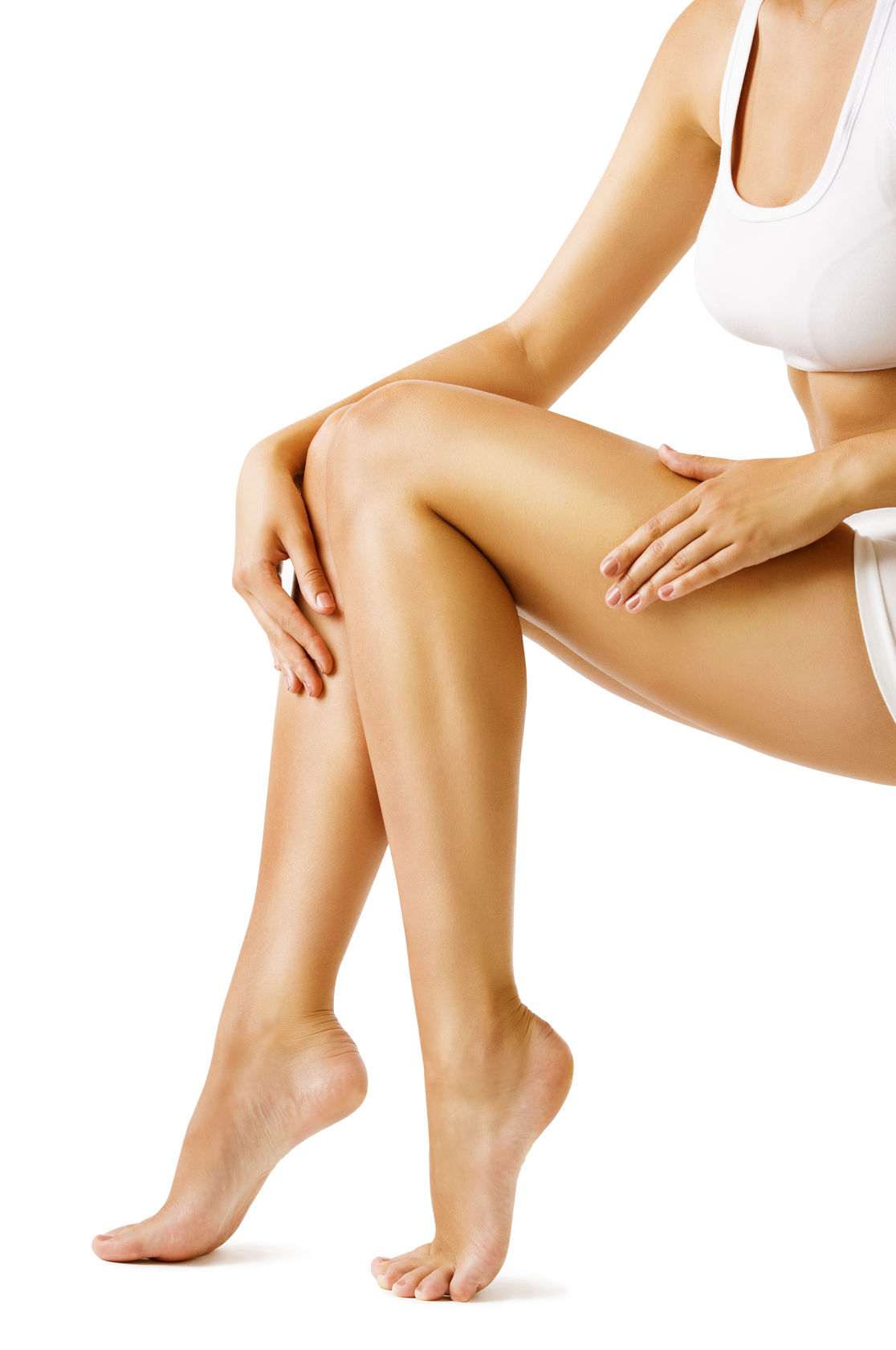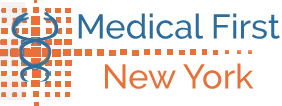SPIDER VEINS
 Spider Veins and Varicose Veins are the most common disorder that effect the look and health of your legs. These problems result when the vein valves that prevent blood from flowing in the wrong direction (reflux) become weak or malfunction. This causes blood to pool in the veins, forcing them to protrude from the skin and becoming rope-like and varicose. This increased venous pressure can lead to the failure of other vein valves and to the development of other vein related problems.
Spider Veins and Varicose Veins are the most common disorder that effect the look and health of your legs. These problems result when the vein valves that prevent blood from flowing in the wrong direction (reflux) become weak or malfunction. This causes blood to pool in the veins, forcing them to protrude from the skin and becoming rope-like and varicose. This increased venous pressure can lead to the failure of other vein valves and to the development of other vein related problems.
Spider Veins are broken capillaries and are medically referred to as telangiectasias. This disorder can also be caused by the backup of blood, Hormone changes, inherited factors, and exposure to the sun. Spider veins are dilated capillary veins typically less than 2mm in diameter that exist just below the surface of the skin on the legs or face. They are usually blue, red, or purple in color with a web-like or linear apperance.
Because veins in the lower extremity are interconnected, pressure can be transmitted directly throughout the entire venous system and create visible problems anywhere in the lower extremities. The lower extremities contain essentially three levels of veins. The superficial, the deep, and the veins that connect these two systems together called perforators.
Most problems arise from the superficial system and the perforators. Within these veins are one-way valves that prevent blood from flowing away from the heart between heartbeats. When these valves no longer function properly, blood flows away from the heart and will remain within the vein longer than it should. As a result, pooled blood enlarges the vein and it becomes varicose.
The treatment of veins, whether for symptoms, cosmetics or resulting from complications, is a health care issue that needs the involvement of a highly experienced physician.

No Comments
Sorry, the comment form is closed at this time.